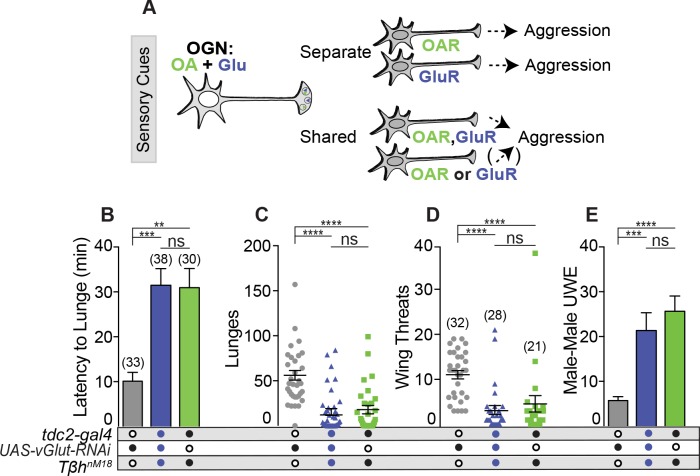Fig 6. OA and Glu signal to a shared aggression-promoting circuit.
(A) OGNs could signal to separate aggression-promoting circuits (resulting in aggression deficits greater than the single mutant) or to a shared or converged circuit. (B-E) dVGlut was reduced in OGNs of TβhM18 males (TβhM18;tdc2>dVGlut-RNAi). (B) Latency to lunge increased in TβhM18;tdc2>dVGlut-RNAi males compared to the transgenic control but not TβhM18 males. (C) Lunge number by males with reduced dVGLUT and lacking OA was not significantly different than TβhM18 males. (D) TβhM18;tdc2>dVGlut-RNAi males displayed lower wing threat numbers compared to the transgenic control but not TβhM18 males. (E) Males with reduced dVGLUT and lacking OA (blue column) displayed an increase in inter-male courtship at levels higher than the control but not significantly different from TβhM18 mutants (green column). All statistical tests are Kruskal-Wallis with Dunn’s multiple comparisons test, (*p<0.05, **p<0.01, ***p<0.001, ****p<0.0001. Error bars denote s.e.m.

